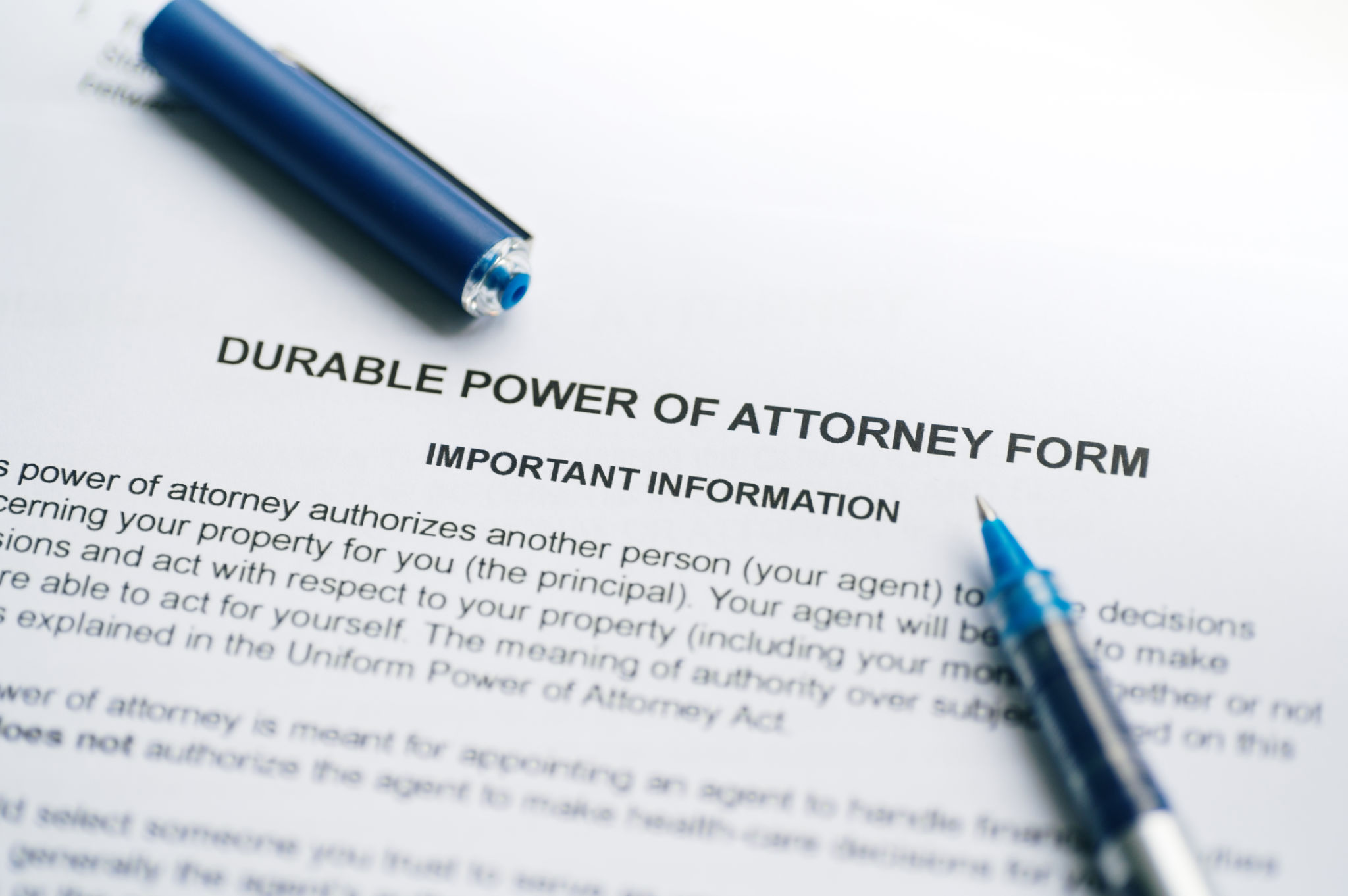A Step-by-Step Guide to Setting Up a Power of Attorney
Understanding Power of Attorney
Setting up a Power of Attorney (POA) can be a crucial step in managing personal affairs, especially if you anticipate being unable to make decisions for yourself in the future. A POA is a legal document that allows you to appoint someone else to make decisions on your behalf. This guide will walk you through the process of establishing a POA, ensuring your best interests are protected.

Types of Power of Attorney
There are different types of POA, each serving distinct purposes. The most common are:
- General Power of Attorney: Grants broad powers to the appointed person, allowing them to manage almost any aspect of your affairs.
- Special or Limited Power of Attorney: Restricts powers to specific tasks, such as selling property or managing bank accounts.
- Durable Power of Attorney: Remains effective even if you become incapacitated.
- Springing Power of Attorney: Takes effect only under certain conditions, typically when you become incapacitated.
Selecting an Agent
Choosing the right agent, also known as an attorney-in-fact, is critical. This person will have significant control over your affairs, so trustworthiness and reliability are paramount. Consider someone who understands your values and wishes and is capable of handling the responsibilities involved.

Preparing the Document
Once you've decided on the type of POA and selected an agent, the next step is to prepare the document. You can either draft the POA yourself using templates available online or consult with a legal professional for assistance. Ensure the document includes:
- Your full name and address.
- The agent’s full name and address.
- A detailed list of powers granted to the agent.
- The duration of the POA, if applicable.
- Your signature and the date.
Signing and Legalizing the POA
After drafting, it’s time to sign the POA in the presence of a notary public. This step is crucial as it helps verify your identity and confirm that you’re signing willingly. Some states may also require additional witnesses.

Distributing Copies
Once notarized, distribute copies of the POA to relevant parties. This includes your agent, financial institutions, healthcare providers, and any other entities that may need to recognize the agent's authority. Keeping a record of who has received copies can be helpful for future reference.
Reviewing and Updating Your POA
Your circumstances or wishes may change over time, necessitating updates to your POA. Regularly review the document to ensure it still reflects your intentions and make modifications as needed. It’s advisable to consult with a legal professional when making significant changes.
Revoking a Power of Attorney
If you wish to revoke a POA, you must do so in writing. Notify your agent and any third parties who have copies of the original document. Again, consulting with an attorney can provide guidance on effectively revoking a POA.
